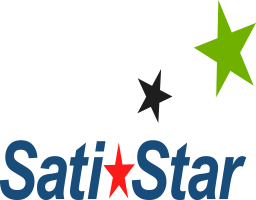Theory of Constraints
Overview
All organizations face constraints in their processes. A constraint is anything in an organization that limits it from moving toward or achieving its goal, which for most business organizations is to make money now as well as in the future. There are two basic types of constraints: physical constraints and non-physical constraints. A physical constraint is something like the physical capacity of a machine. A non-physical constraint might be something like demand for a product, a corporate procedure, or how managers run the organization.
Theory of Constraints (TOC) is initially applied to solve problems of bottlenecks, scheduling, and inventory reduction. This causes a shift from cost-based decision making to decision making based on continuous improvement of processes in which system throughput, system constraints, and statistically determined protective capacities at critical points are key elements.
Approach
Held in a workshop environment, this two-day course is designed to enable participants to begin to change and improve their organization’s performance through the application of the Theory of Constraints methodology. The workshop teaches core concepts, and students then have the opportunity to practice using and gain experience in the analytical tools.
What You Will Learn
- The 5 Step TOC methodology
- Understand “Drum-Buffer-Rope”
- Identifying and prioritizing system constraints
- Learning how to exploit constraints, and manage non-constraints
- Aligning the release of material
- Reducing or eliminating limiting impact of constraints
- Elevating constraints
- Identifying the next constraint
- Creating operational rules to support solutions
- Implementing control mechanisms
- Change management – logistical and organizational issues
- Examples in Manufacturing, Service and Administration processes
Training Outcomes
Graduates will have the theoretical and practical knowledge needed to implement TOC in manufacturing and non-manufacturing activities, and will thereby have the ability to make a significant contribution to improving their company’s performance.
WHAT PEOPLE ARE SAYING
SatiStar's Experience Makes The Difference!
